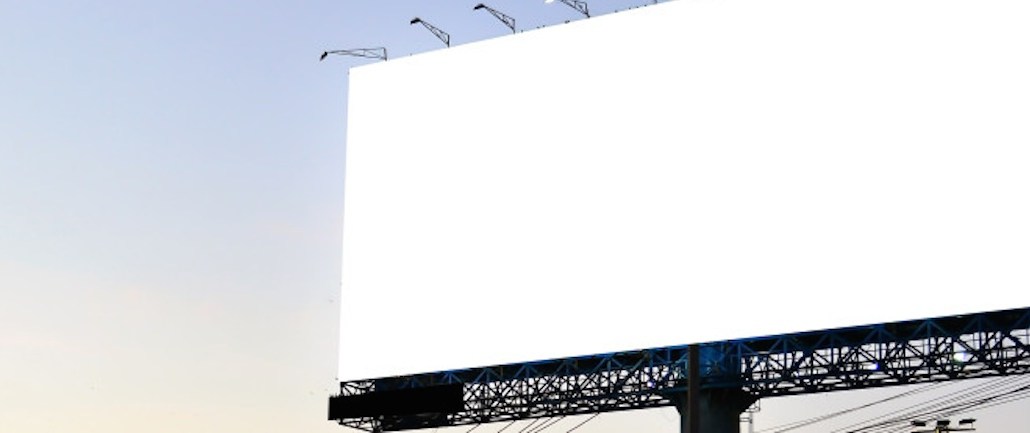Newspaper Association of America: ‘Digital ad inventory is not even close to infinite’

David Chavern is president and CEO of the Newspaper Association of America
One of the great – and completely misguided – tropes of the digital age is that “digital ad inventory is infinite.” The thinking goes that ad inventory in more traditional media is limited by physical space (print) or time (TV and radio), and that this scarcity supports ad values. The Internet, in contrast, has vast and undefined borders – and thus the supply of ad inventory is “infinite.” Infinite supply means that value of digital advertising eventually gets driven to zero, or close to it.
This idea is amazing both because it is completely pervasive among media professionals – and also because it is completely false. It is sloppy economic thinking at a very profound level and gives people a misguided idea about the future of ad-supported content on the Internet.
Let’s start with the understanding that the vastness of the medium is not very important. After all, print, TV and radio are all pretty vast media. What is important is the supply of people’s attention that is available, and that is very limited. While the current measurement of most digital advertising is “impressions,” that metric doesn’t accurately capture what advertisers really want – which is consumer engagement and a real slice of the precious supply of the public’s attention. There may be an infinite number of places to display ads, but the only inventory that really matters exists on those sites where ads catch the limited attention of the right consumers at the right times.
Think of it as a difference between the “useless digital inventory” and the “real digital inventory.” Useless digital inventory is truly infinite – but the real deal is scarce.
And it is actually much scarcer than people realize. There is a vast industry of fraud designed to make people think that useless digital inventory is real. In fact, as reported by Bloomberg Business, a huge percentage of overall impressions aren’t seen by people targeted by the advertisers – or even real people at all. There is an incredible amount of manipulation in the market for impressions, making advertisers think that a lot more of the public’s online attention is for sale than actually exists.
Layered on top of this is the strange yet pervasive idea that the public separates the credibility of the site they are visiting from the credibility of the advertisement. In other words, that consumers consider a car advertisement on the New York Times website to have the same reliability and meaning as an advertisement on a clickbait list site (“20 Celebrities Who Have Gained the Most Weight!”) that they are redirected to when their mouse stays in the same place too long. Why this idea became popular on the Web I can’t say, but I know you don’t see the advertisers in Vogue throwing their ads around to other random magazines because they can. Being attached to reliable and appropriate editorial content matters.
Real Digital Inventory – where there are actual consumers who may be interested in a product and engage with an ad – is very limited. In time, this inventory will necessarily win out and will be appreciated by advertisers for its genuine value. When this happens, news sites will also win because their credibility and brand equity will enable them to provide more Real Digital Inventory than almost any other source in the media landscape.
ComScore research shows that the digital news audience is skyrocketing precisely because people are turning to trusted brands to cut through the noise of the Internet. In December 2015, the number of digital news consumers reached a new high of 182 million adult unique visitors – that’s a 10 percent increase year-over-year and double the growth rate for the Internet overall.
As these figures demonstrate, people do pay attention to the news and engage deeply with trusted content. In the end, I believe the rarity of such attention in a distracted world will make news organizations extremely valuable to digital advertisers.
More in Media

Publishers are hunting for AI prompt data — now they’re starting to get it from third-party companies
Publishers are finally gaining some visibility into AI search, as new prompt data tools crack open a black box.

Digiday+ Research: Publishers’ growing focus on video doesn’t translate to social platforms
Major publishers have made recent investments in vertical video, but that shift is not carrying over to social media platforms.

Technology x humanity: A conversation with Dayforce’s Amy Capellanti-Wolf
Capellanti-Wolf shared insight on everything from navigating AI adoption and combating burnout to rethinking talent strategies.





